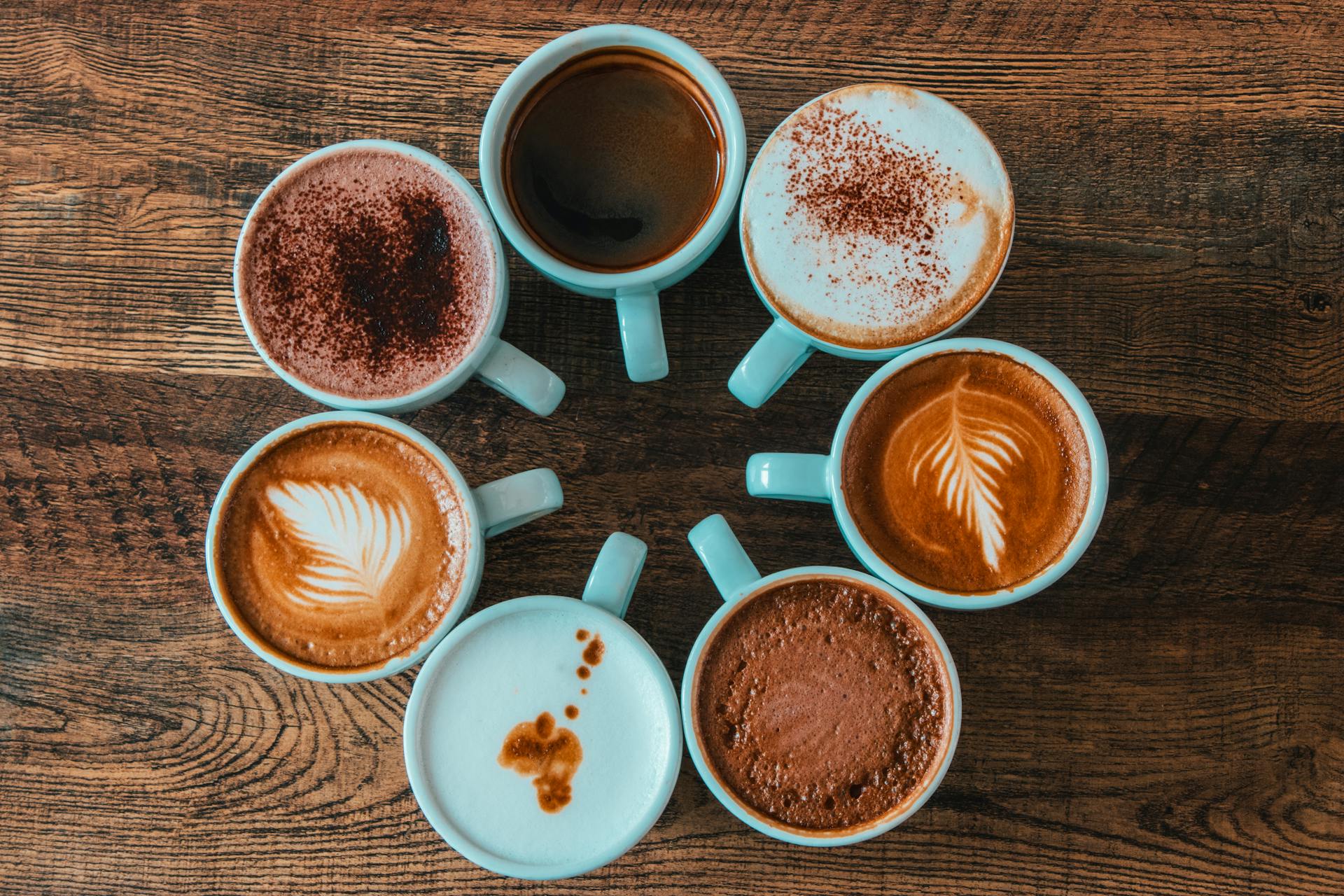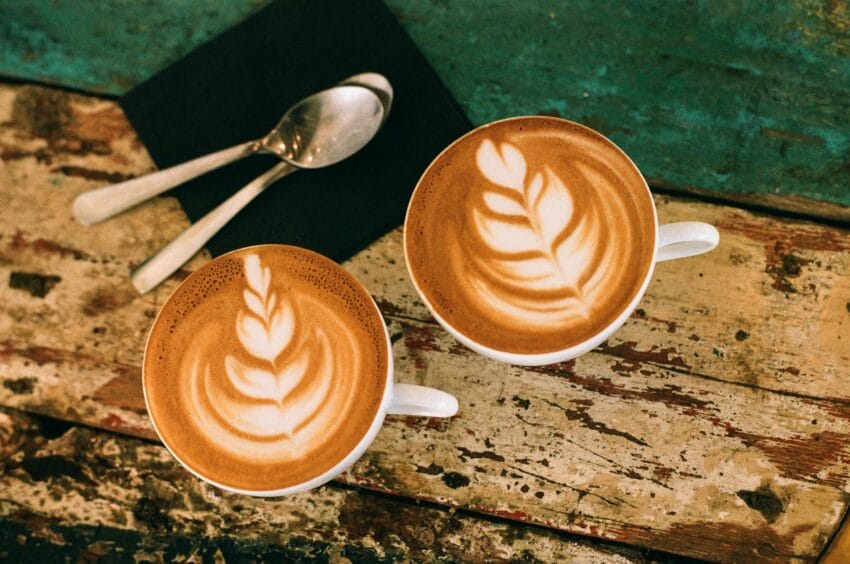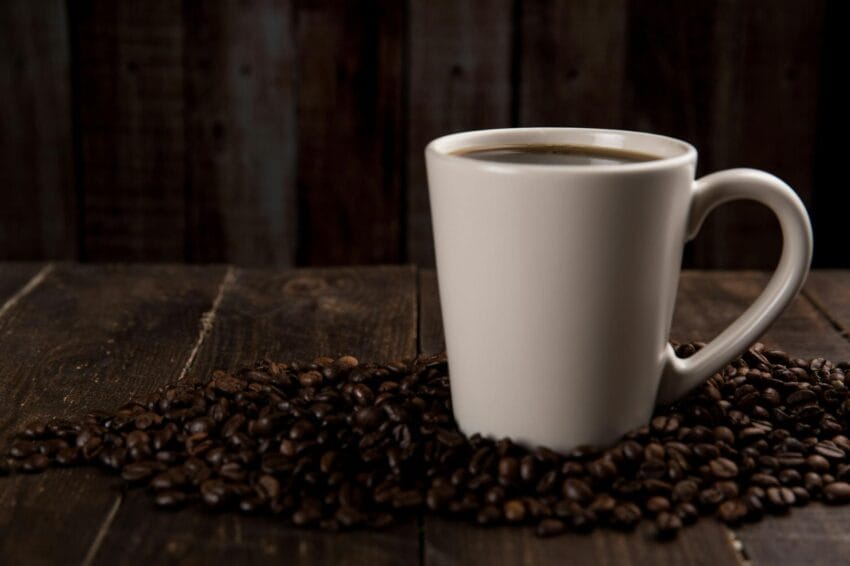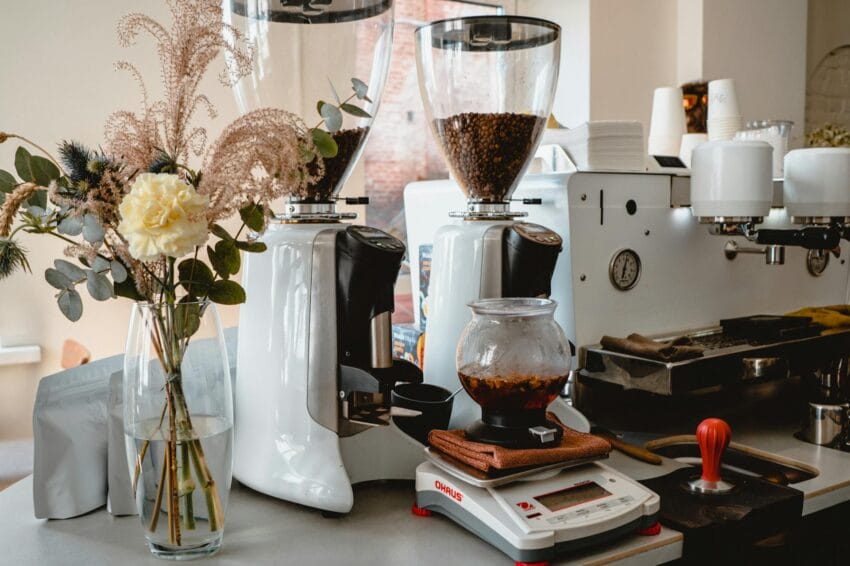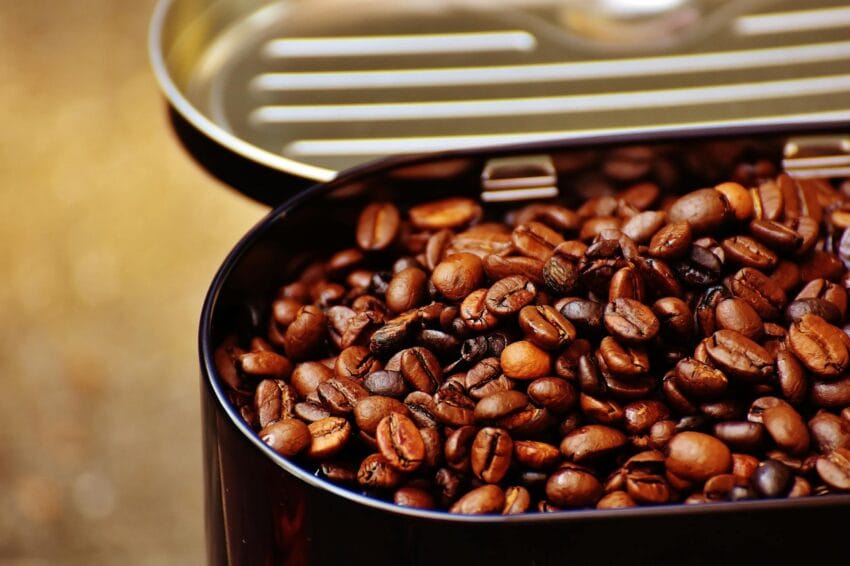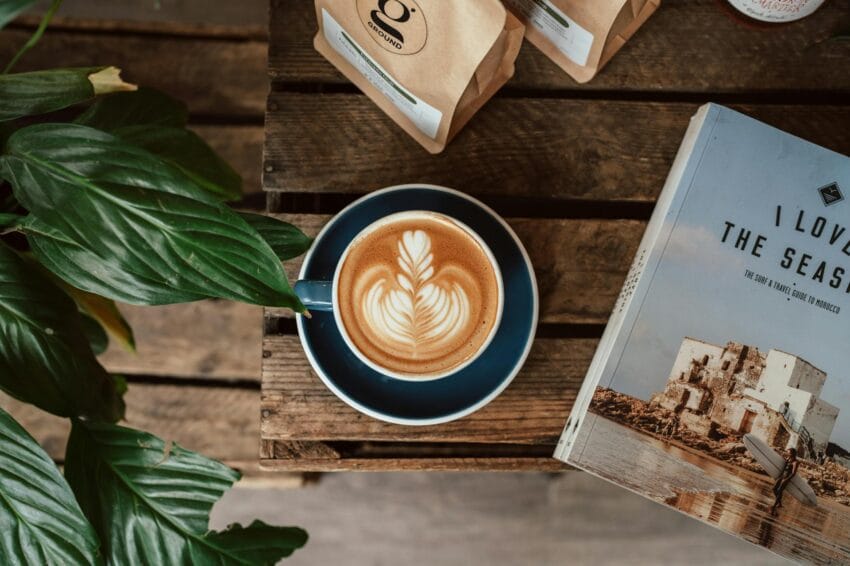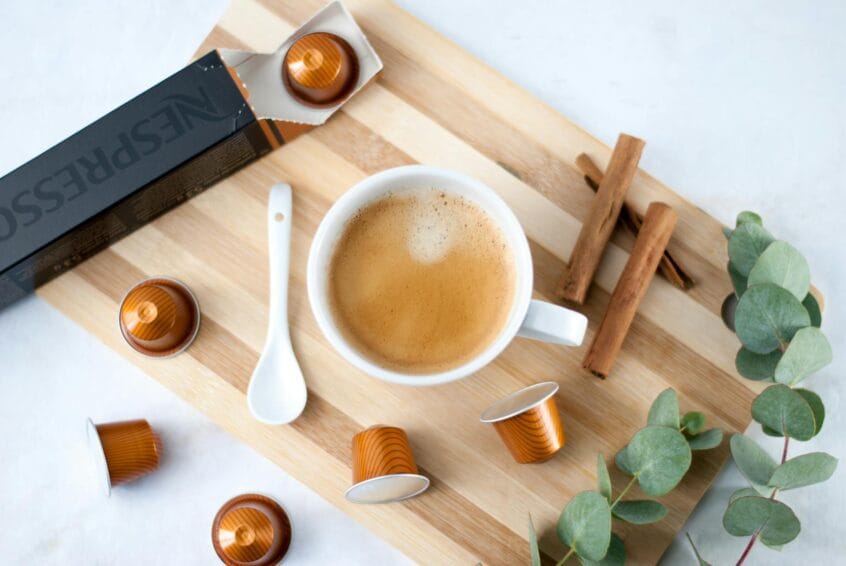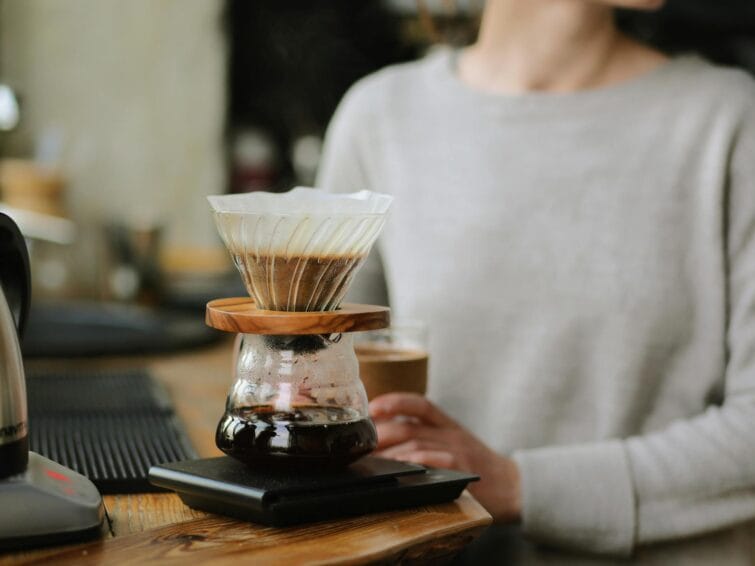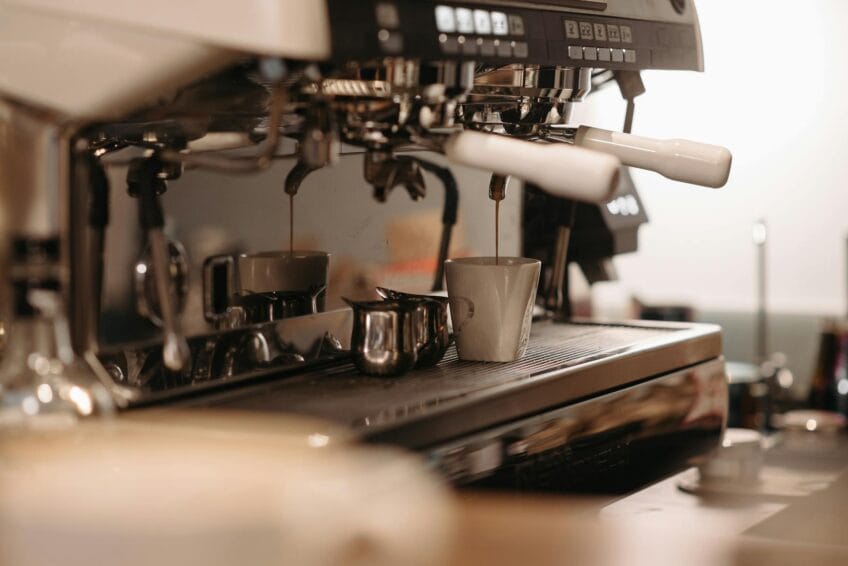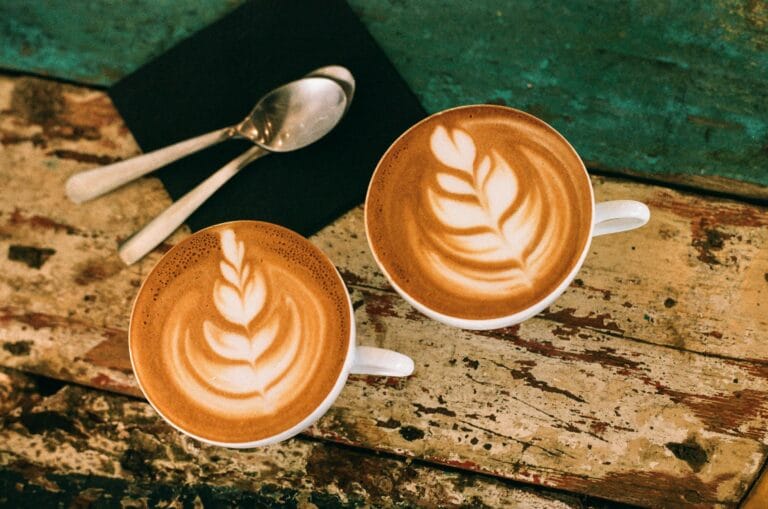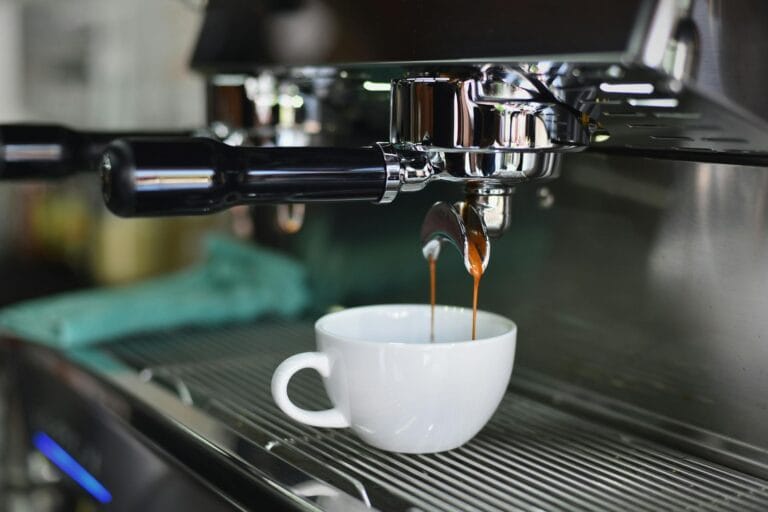Espresso VS Regular Coffee: What's the Difference? The Mug Mentor Explains!
Understanding Coffee Basics
Coffee starts as seeds from the Coffea plant, also called coffee beans. The two main types of beans are Arabica and Robusta. Arabica beans are known for a smoother, less bitter taste, while Robusta beans are stronger, more bitter, and higher in caffeine. Coffee beans grow best in tropical regions, where altitude, soil, and climate all affect their quality.
The journey from coffee plant to cup begins with harvesting. Coffee cherries, which contain the beans, are usually picked by hand when ripe. To get the beans out, they’re processed in either a “dry” or “wet” method. The wet process includes fermenting the beans to create a bright flavor, while the dry method sun-dries the beans, often producing a fuller flavor.
After processing, green coffee beans are roasted, which brings out their flavor and aroma. Roasting can be light, medium, or dark, each giving the coffee a different taste. Light roasts are often fruity or floral, while dark roasts are richer and smokier. Roast level also affects caffeine; light roasts have slightly more than dark roasts.
Understanding these basics helps coffee lovers appreciate the differences in brewing methods and types, especially between espresso and regular coffee.
What is Espresso?
Espresso is a highly concentrated coffee brewed by pushing hot water through finely ground coffee under pressure. This brewing method gives espresso its strong, rich taste and thicker texture, making it distinct from regular coffee. The process uses an espresso machine, which includes a boiler, pump, and portafilter to hold the coffee grounds. The grind for espresso is finer than for drip coffee, allowing the water to pass through slowly and fully extract the coffee’s oils and flavors.
The pressure, usually about nine times atmospheric pressure, is what makes espresso unique. This high pressure creates crema, a golden foam on top of a fresh espresso shot. Crema is flavorful and aromatic, adding to the overall experience. Espresso is especially popular in Italy, where it originated, and it’s the base for popular drinks like lattes, cappuccinos, and macchiatos.

What is Regular Coffee?
Regular coffee, often called drip coffee, is brewed by letting hot water flow through coarsely ground coffee, typically using methods like drip brewing, pour-over, or French press. These methods each give regular coffee a different taste and body. Drip coffee, for example, is smooth and well-balanced, while French press coffee has a richer flavor due to its longer brewing time and thicker texture.
To make drip coffee, hot water drips through a filter containing coffee grounds, then flows into a pot below. This process usually takes about 4 to 6 minutes. For a French press, coffee grounds steep in hot water for a few minutes before pressing the plunger to separate the coffee from the grounds. French press coffee has a fuller body, as more oils and solids from the coffee are present.
Regular coffee covers a variety of drinks, such as Americano, black coffee, and lattes, which vary in strength and milk content. While espresso is highly concentrated, regular coffee tends to be milder and less intense.
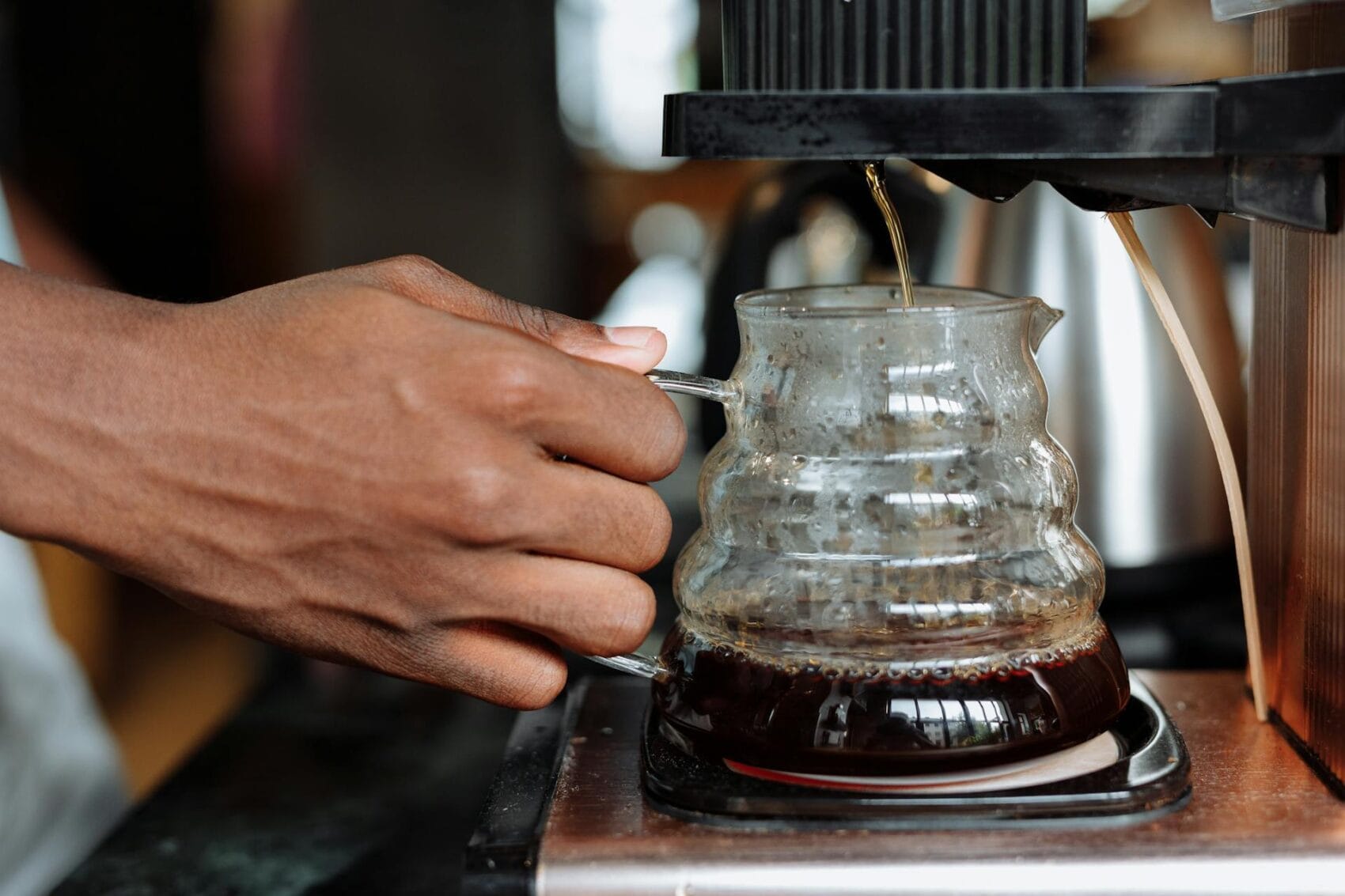
Key Differences Between Espresso and Regular Coffee
The main differences between espresso and regular coffee lie in their brewing methods, flavors, and strength. Espresso uses high pressure and fine grounds, creating a concentrated shot with a rich taste and creamy texture. Regular coffee uses coarser grounds and is brewed more slowly, resulting in a lighter and smoother flavor.
Espresso is more concentrated than regular coffee, giving it a bold flavor and a thicker consistency. It also contains less caffeine per ounce than regular coffee, but because it’s served in small amounts, it often feels stronger.
Each type has its appeal. Espresso is quick and intense, perfect for a morning boost or as the base for other coffee drinks. Regular coffee is often enjoyed over time, making it ideal for social settings or leisurely sipping. Understanding these differences can help coffee lovers choose the style that best suits their taste and lifestyle.
Learn More From Our Coffee Articles
Explore a world of coffee knowledge with The Mug Mentor’s Coffee Articles. From brewing techniques to coffee culture and trends, find tips, insights, and inspiration to elevate every cup.

